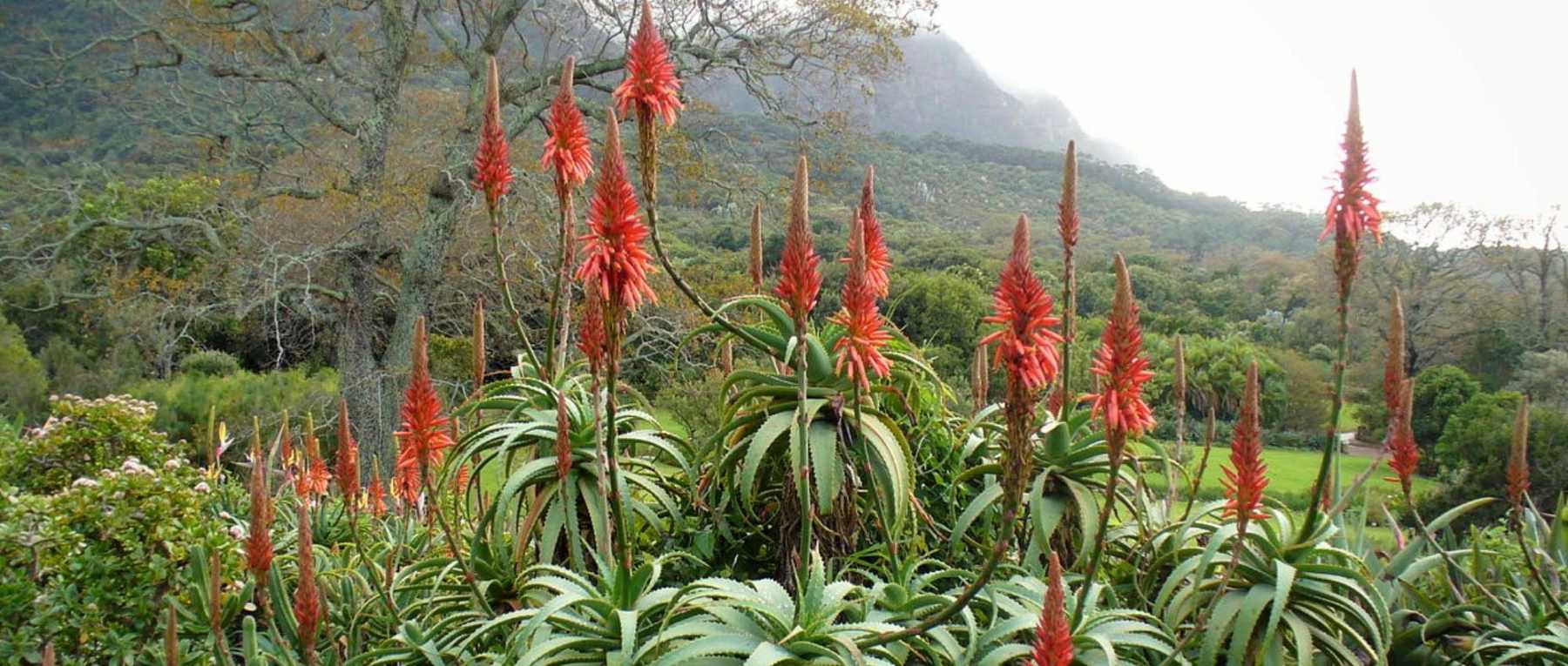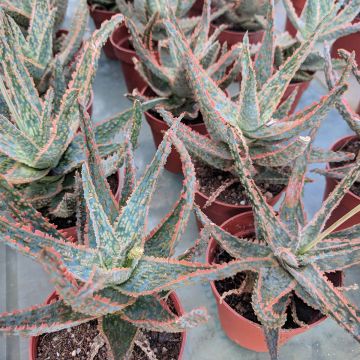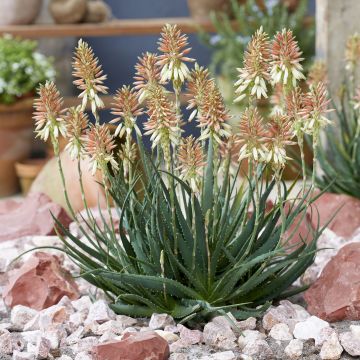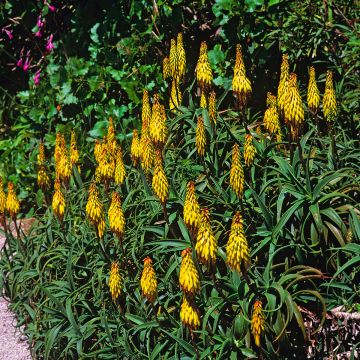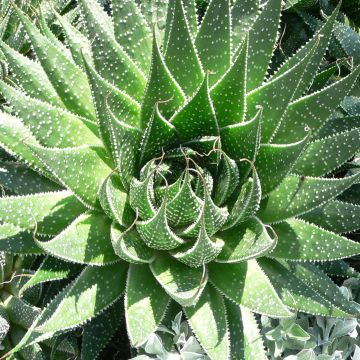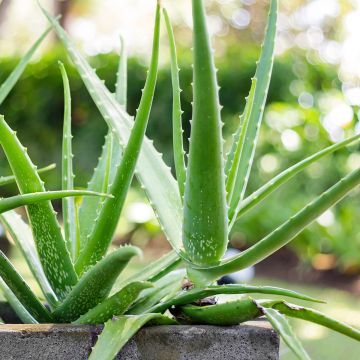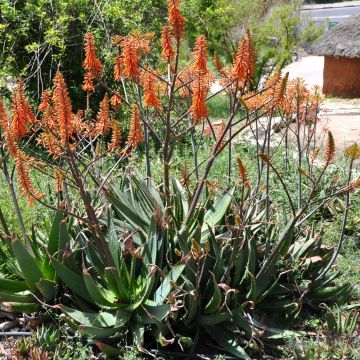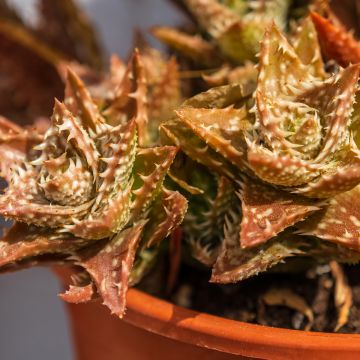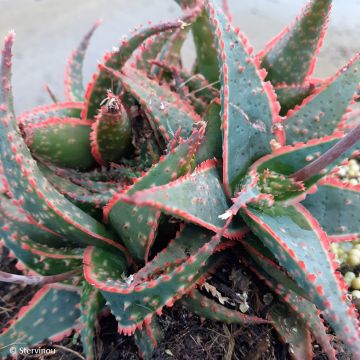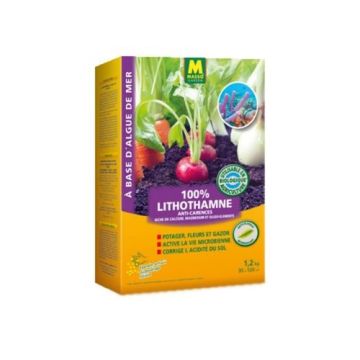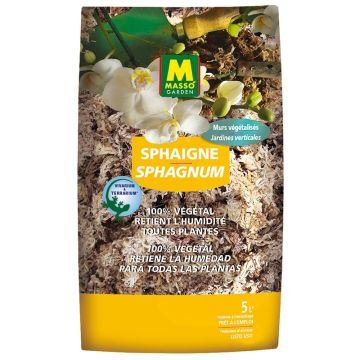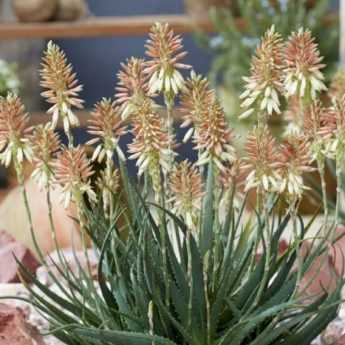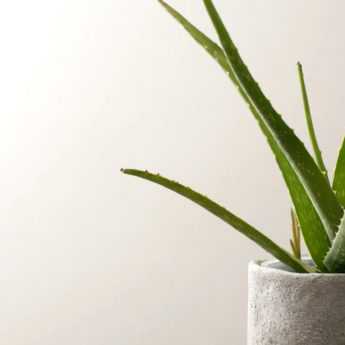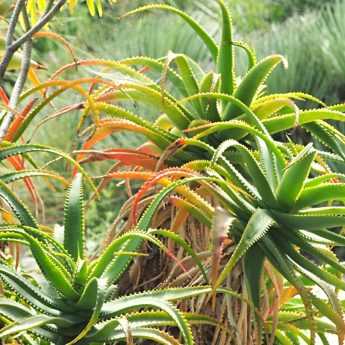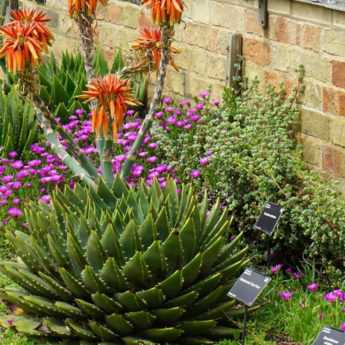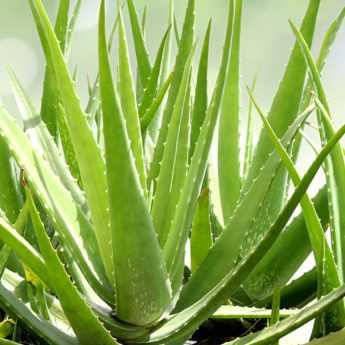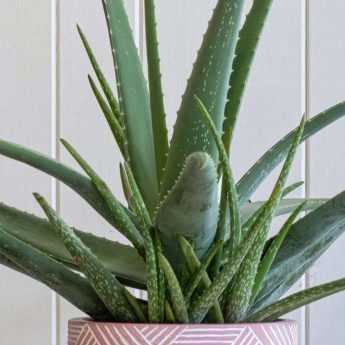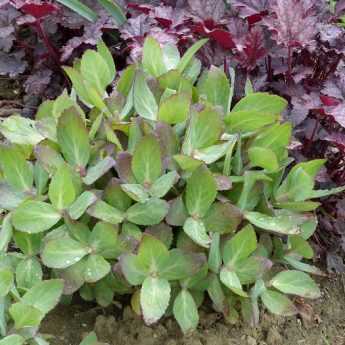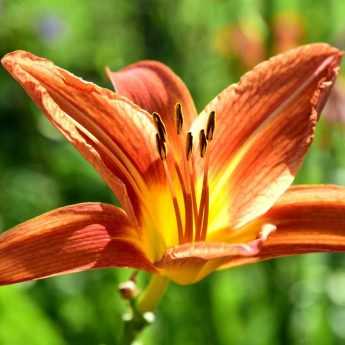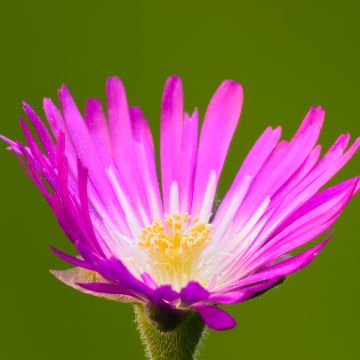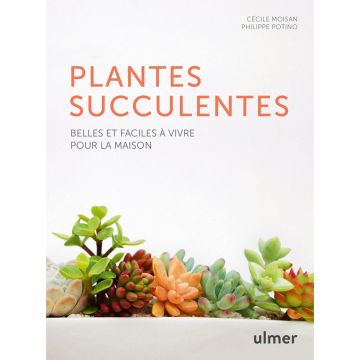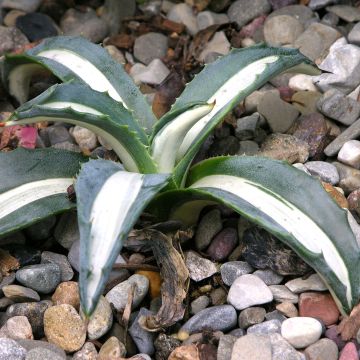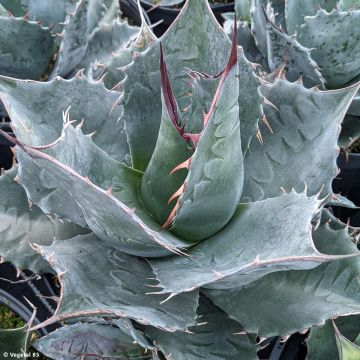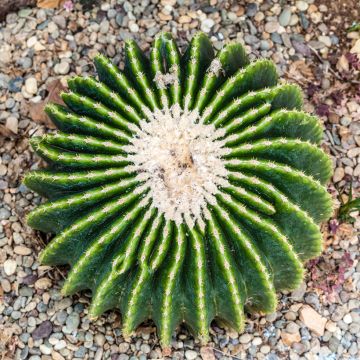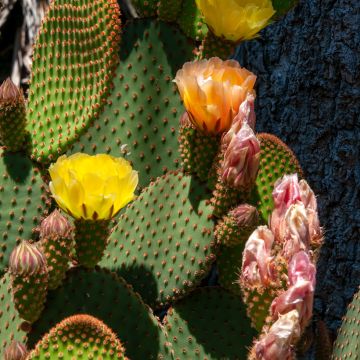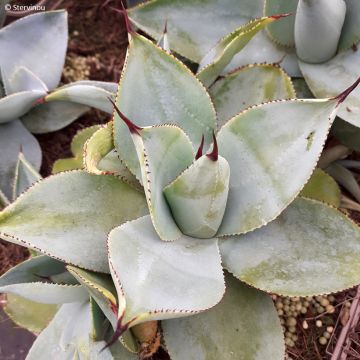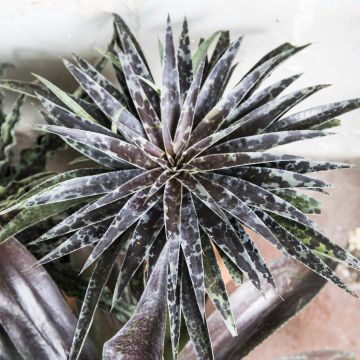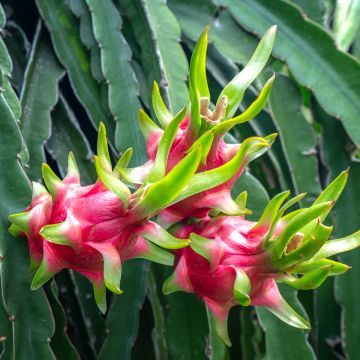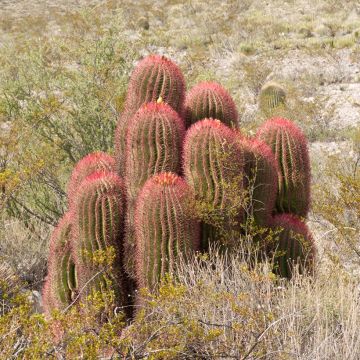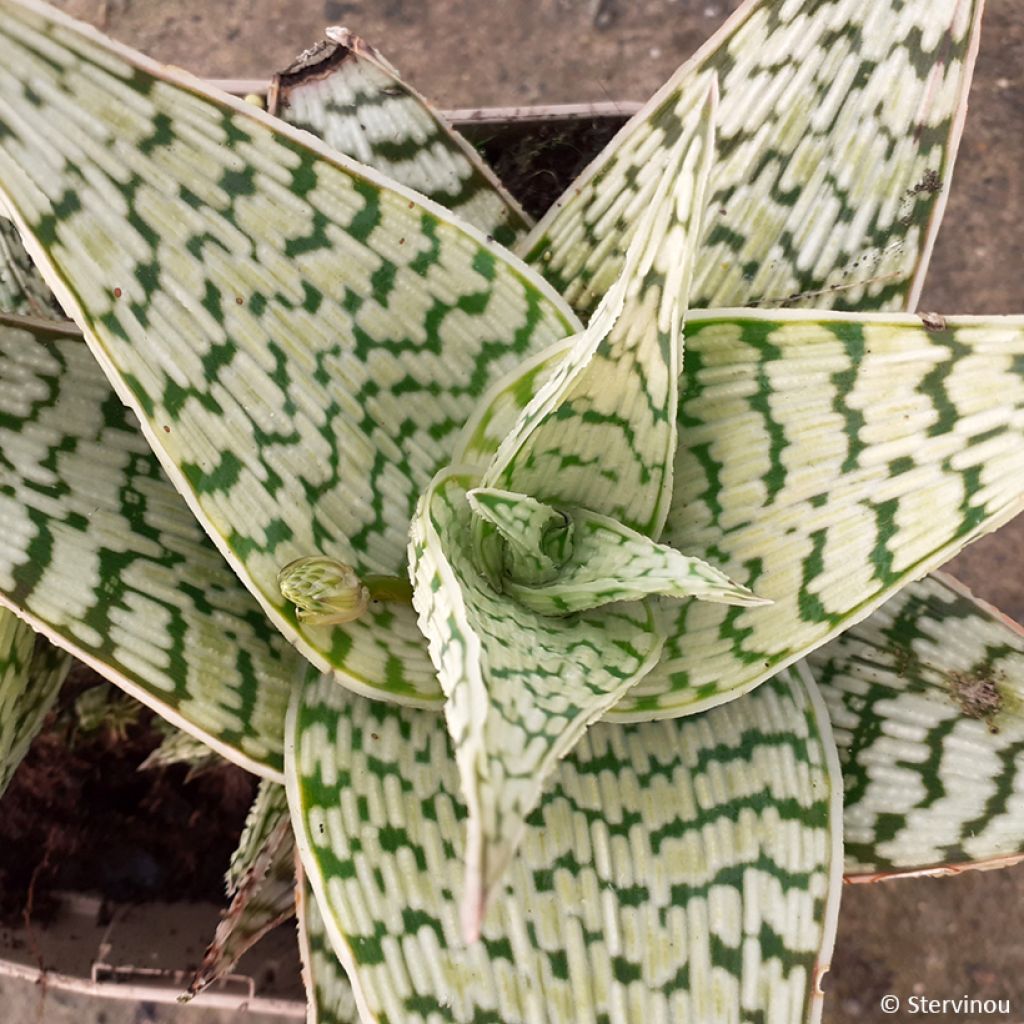

Aloe Delta Lights
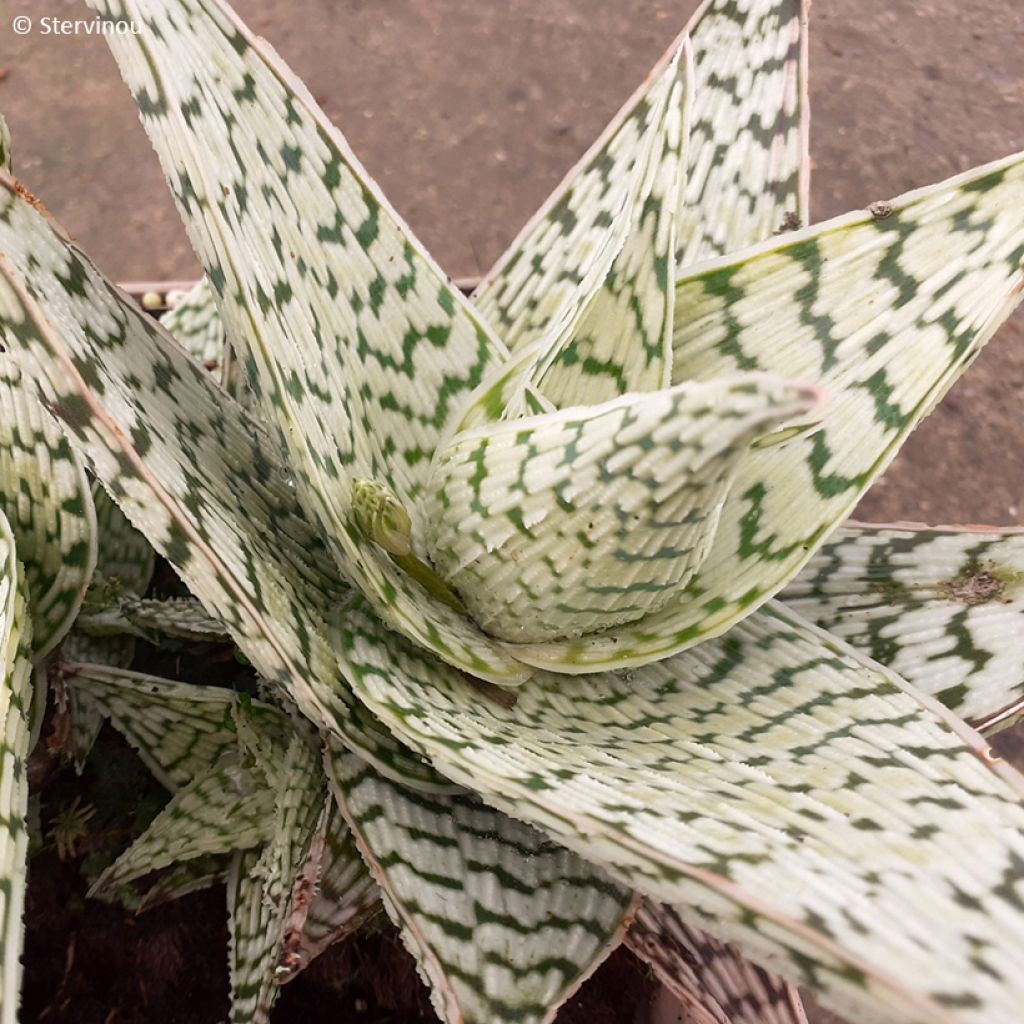

Aloe Delta Lights
Aloe Delta Lights
Aloe deltoideodonta x harlana Delta Lights
Aloès hybride Delta Lights
Cet article ne peut pas être expédié dans le pays sélectionné
Port dès 6,90 €
Plus d'infos
Port dès 6,90 €
Plus d'infos
Pays de livraison:
-
-
-
-
-
-
-
-
-
-
-
-
-
-
-
-
-
-
-
-
-
-
-
-
-
-
-
-
-
-
-
-
Programmez la date de votre livraison,
et choisissez votre date dans le panier
Garantie de reprise de 12 mois sur cette plante
Plus d'infos
Nous garantissons la qualité de nos plantes durant un cycle végétatif complet.
Nous remplaçons à nos frais toute plante n'ayant pas repris dans des conditions climatiques et de plantation normales.
A partir de 7,90 € pour une livraison en relais et 6,90 € pour une livraison à domicile
Livraison express à domicile en 24-48h: 8,90 €.
Cette plante est-elle adaptée à mon jardin ?
Je crée mon profil Plantfit →
Description
L'Aloe hybride 'Delta Lights' est une plante succulente au graphisme aussi surprenant qu'attractif. Cet Aloès forme une rosette compacte dont les feuilles imbriquées les unes dans les autres lui donnent un aspect étoilé très décoratif. Leur couleur blanc crème est marquée de petits zigzags vert foncé qui forment un contraste très élégant. Cette parure persistante est rehaussée par une longue floraison qui prend la forme d'épis de fleurs tubulaires rouge orangé supportés par une longue hampe florale qui s'élève bien au-dessus de la rosette. Ne supportant presque pas le gel, il ne pourra être planté en pleine terre que dans les zones les plus clémentes de notre pays. Partout ailleurs, il sera facile de le cultiver en pot pour l'abriter en hiver.
L'Aloe (nom scientifique, en français Aloès) est aujourd'hui classé dans la famille des Asphodelacées, ainsi qu'une quinzaine d'autres genres (selon les classifications). On y trouve aux côtés de l'Asphodèle qui pousse dans nos régions méditerranéennes des genres appréciés en ornement, tels l'Eremurus aux longs épis floraux spectaculaires ou le Phormium aux feuilles rubanées si décoratives. On dénombre plus de 500 espèces d'Aloès originaires principalement d'Afrique et de Madagascar, essentiellement des plantes rampantes ou plus rarement, arborescentes., ainsi que de nombreux hybrides.
'Delta Lights' est ainsi une variété horticole obtenue par le sélectionneur Kelly Griffin, expert en Agave et plantes proches, en croisant un A. deltoideodonta, aux larges feuilles vertes peu épineuses ponctuées de marques blanc crème, et un A. harlana, ou Aloès mosaïque, aux feuilles plus étroites, bordées d'épines plus féroces, et d'un vert olive strié de vert tendre. Le résultat emprunte aux deux parents, en ajoutant une touche d'originalité au niveau du coloris. L'Aloès 'Delta Lights' forme une rosette compacte, à croissance lente, qui atteint généralement environ 25 cm de hauteur pour 30 cm d'envergure, bien que des amateurs américains fassent état de plantes âgées un peu plus grandes. Les feuilles ont une forme très gracieuse, s'élargissant en bulbe à partir du point d'insertion pour se terminer en une pointe effilée régulière. Charnues, elles ne sont pas épineuses et leur section est légèrement concave. Contrairement à ses parents, cet Aloès affiche une couleur dominante blanc crème, parfois tendant vers le vert chartreux, marqué de zébrures vert foncé irrégulières, qui donnent un aspect très ornemental et contemporain. Formant une étoile qui s'enrichit au fil du temps en s'élevant à chaque nouvel étage de feuilles, la plante rejette également du pied pour former de nouvelles rosettes et gagner ainsi en largeur. Persistant, le feuillage est superbe en toute saison, et la floraison vient ajouter un attrait à la plante. De l'automne au printemps, et parfois en été, les hampes florales se forment au-dessus des rosettes, garnies de petites fleurs tubulaires de 2 à 3 cm de long, d'un beau rouge orangé. Cette floraison aérienne survolant les rosettes à la façon de mobiles de Calder accentue la beauté contemporaine de cet Aloès.
Très peu rustique, 'Delta Lights' ne tiendra en pleine terre que dans les zones les plus abritées où le gel est fugace et peu marqué. Du fait de sa croissance lente et de son développement modéré, il est parfaitement adapté à la culture en pot, ce qui permet de le rentrer à l'abri avant les premiers gels. En l'associant à d'autres plantes d'aspect exotique, vous pourrez créer une scène inspirante sur votre balcon ou terrasse durant la belle saison. Le Phormium 'Chocomint' de la même famille sera un bon compagnon avec son long feuillage brun chocolat marginé de vert menthe résolument moderne. Puisez également dans la large gamme d'Aeonium qui vous gratifiera de couleurs étonnantes et de plantes au graphisme superbe. Les Mangaves, ces hybrides entre Agave et Manfreda ont aussi beaucoup à offrir, tant du point de vue de leur silhouette typée que de leurs teintes et associations de couleurs souvent surprenantes...
Aloe Delta Lights en images...


Floraison
Feuillage
Port
Botanique
Aloe
deltoideodonta x harlana
Delta Lights
Asphodelaceae
Aloès hybride Delta Lights
Horticole
Autres Aloe
Plantations et soins
Comme toutes les plantes « grasses », les Aloès affectionnent le grand soleil et un sol très drainé, voire pauvre et sec. L'Aloe x 'Delta Lights' se plaira dans un sol très minéral, composé d'une bonne part de sable grossier mêlé à de la terre de jardin et un peu de terreau de feuilles très décomposé. Un sol léger, non argileux, pauvre en matières organiques, très filtrant, même calcaire lui conviendra bien. Il tolère bien les longs étés, chauds et secs, mais s'épanouit aussi dans nos régions océaniques douces. En revanche, sa rusticité, en hiver, dépend beaucoup de la sécheresse du sol, et ne dépasse pas -1°C à -2°C au mieux. Il devra donc être cultivé en pot quasiment partout, hormis dans les zones les plus douces de la Côte d'Azur, et sera remisé l'hiver dans un local très lumineux, peu ou pas chauffé, et soumis à un régime sec.
Quand planter ?
Pour quel endroit ?
Soins
Nos conseils plantation et soins
L'entretien des vivaces : le "Chelsea Chop" ou l'art de pincer
notre spécialiste
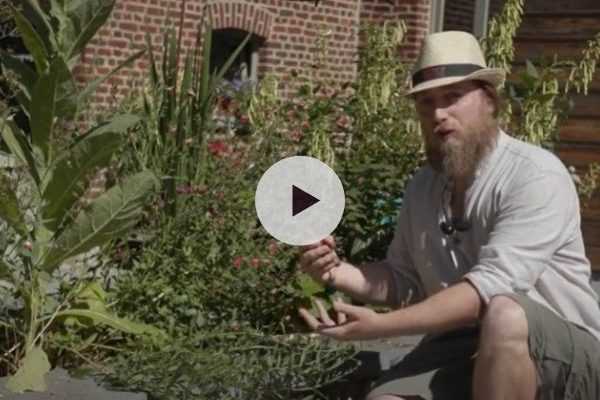
Cet article n'a pas encore reçu d'avis; soyez le premier à partager votre expérience.
Cactus et plantes grasses
Vous n'avez pas trouvé votre bonheur ?
La rusticité est la température hivernale la plus basse qu'une plante puisse endurer sans subir de dommages sérieux, voire mourir. Cette rusticité est toutefois affectée par l'emplacement (zone abritée, comme un patio), les protections (voile d'hivernage) et le type de terre (la rusticité est améliorée par un sol bien drainé).

Conditions Générales d'Utilisation du Service Photos Client
Dans le but de favoriser l’interaction et le partage d'expériences entre jardiniers, Promesse de fleurs propose différents services permettant le dépôt de contenus sur son Site – via notamment le module « Partage de photos».
L’Utilisateur s’interdit de:
- Publier tout contenu illégal, préjudiciable, injurieux, raciste, incitant à la haine, révisionniste, contraire aux bonnes mœurs, portant atteinte à la vie privée ou portant atteinte aux droits privatifs de tiers, notamment le droit à l’image des personnes et des biens, le droit de propriété intellectuelle ou le droit au respect de la vie privée
- Déposer des contenus pour le compte d’un tiers
- Usurper l’identité d’un tiers et/ou publier toute information personnelle d’un tiers
D'une manière générale, l’Utilisateur s’engage à s’abstenir de tout comportement contraire à l’éthique
L’ensemble des Contenus (notamment textes, commentaires, fichiers, images, photos, vidéos, œuvres, etc… ), éventuellement soumis à des droits de propriété, propriété intellectuelle, droit à l’image ou autre droit privatif restent la propriété de l’Utilisateur, sous réserve des droits limités accordés par la licence définie ci-dessous à Promesse de fleurs. Les Utilisateurs sont libres de publier ou non de tels Contenus sur le Site via notamment le service « Partage de photos » et acceptent que ces Contenus deviennent publics et librement accessibles notamment sur Internet.
Ils reconnaissent, s’engagent et garantissent disposer de l’ensemble des droits et autorisations nécessaires pour une telle publication sur le Site, notamment au titre de la législation en vigueur et des droits au respect de la vie privée, de propriété, de la propriété intellectuelle, à l’image, des contrats ou de toute autre nature. Par une telle publication sur le Site, les Utilisateurs ont conscience d'engager leur responsabilité en tant qu'éditeur du Contenu au sens de la loi, et accordent sur le dit Contenu, pour toute la durée de publication, à Promesse de fleurs, une licence non exclusive, gratuite, mondiale, incluant les droits de reproduction, de représentation, de chargement, d’affichage, d’exécution, de transmission, de stockage.
Les Utilisateurs autorisent également que leur nom puisse être associé au Contenu et acceptent que cette association ne soit pas toujours faite.
Par leur publication, les Utilisateurs autorisent qu'un Contenu puisse devenir automatiquement accessible sur internet, notamment sur d'autres sites et/ou blogs et/ou pages web du site Promesse de fleurs incluant notamment les pages des réseaux sociaux et le catalogue de Promesse de fleurs.
Les utilisateurs peuvent librement obtenir le retait des contenus confiés, en contactant le service client via le formulaire de contact

































